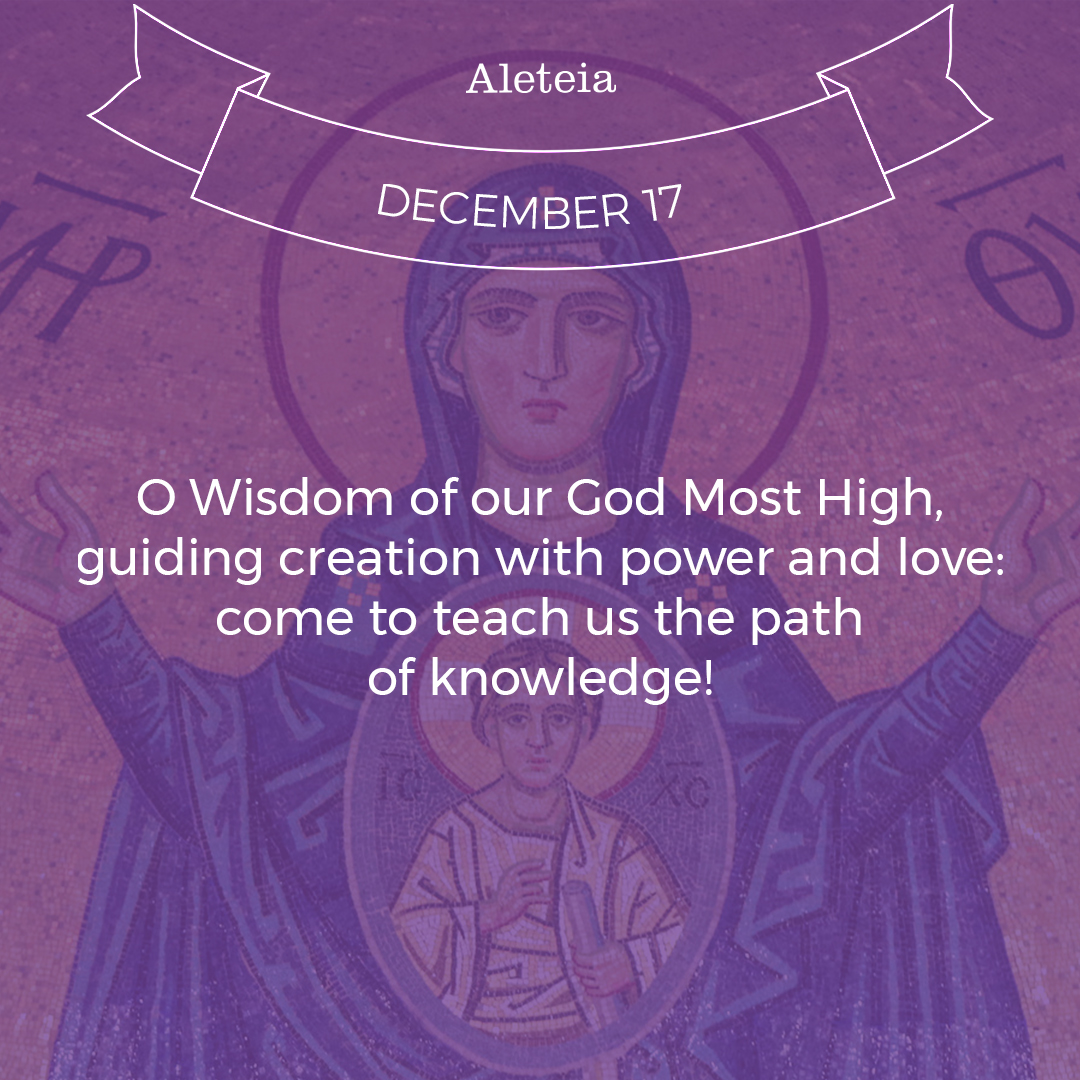The “O Antiphons” are a perfect way to anticipate the celebration of the birth of Jesus Christ.
Lenten Campaign 2025
This content is free of charge, as are all our articles.
Support us with a donation that is tax-deductible and enable us to continue to reach millions of readers.
Near the end of the Advent season, the Church focuses on a series of ancient monastic prayers referred to as the “O Antiphons” or “Great Antiphons.” Father William Saunders explains, “Traditionally these verses are sung during the Liturgy of the Hours (also known as the Divine Office), and precede the recitation of the Magnificat (see Luke 1:46-55).” Dom Guéranger explains in his Liturgical Year the symbolism of singing these verses during Evening Prayer (Vespers):
The canonical Hour of Vespers has been selected as the most appropriate time for this solemn supplication to our Savior, because, as the Church sings in one of her hymns, it was in the Evening of the world (vergente mundi vespere) that the Messias came amongst us. These Antiphons are sung at the Magnificat, to show us that the Savior, whom we expect, is to come to us by Mary.
Each antiphon (or each verse of the hymn “O Come, O Come Emmanuel,” which is the O Antiphons set to music) is recited/sung on successive days leading up to Christmas, starting on December 17 and ending on December 23. The antiphons are biblically based and each features a different title of the Messiah from the Old Testament. In various monasteries they added additional antiphons, such as one to “our Blessed Lady, O Virgo Virginum; and the other to the Angel Gabriel, O Gabriel; or to St. Thomas the Apostle, whose feast comes during the Greater Ferias; it began O Thoma Didyme.” The antiphons are a beautiful way to prepare for Christmas and have always had a special place in the hearts of Christians. Here are the traditional O Antiphons and the corresponding days when they are sung.
Read more:
The beauty of a forgotten Advent tradition

Read more:
Pius IX’s 9 days of prayer to prepare for Christmas









